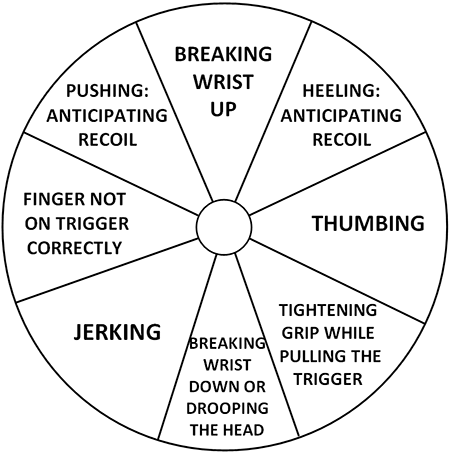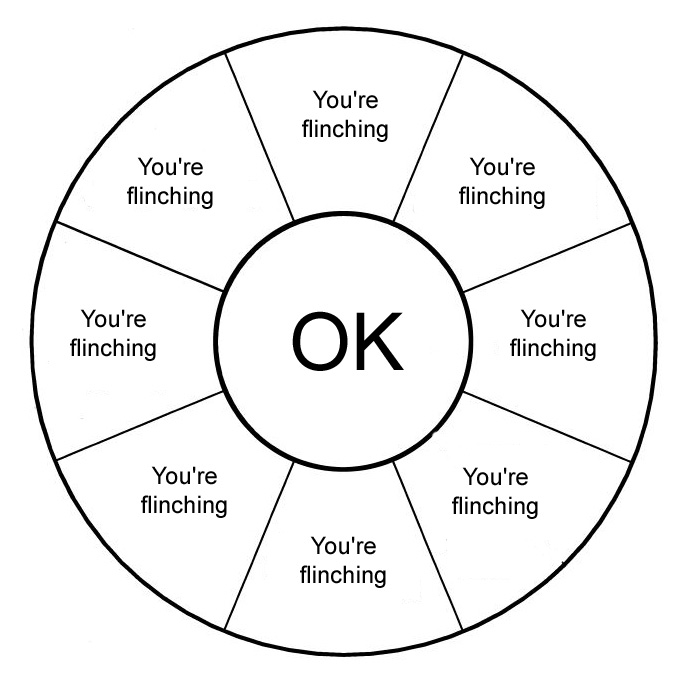I agree, but I thought the discussion was what are the fundamentals, and what's the best way to learn them. I personally don't think the steel plate rack is the best place to learn the basics. Sort of like learning to drive a car: you don't take lessons at the Daytona Speedway.
Look up Bill Rogers and his methods, all he teaches on is steel, it's the only thing, . His whole course, that seals sf and marines use is steel based. they have built. his patented ranges all over the military. the fundamentals do not change one bit when you are shooting on steel, saying that is foolish. you can either apply them, or you cannot.
my suggestion is to start at 5 yards and get to grouping, build you confidence. shooting a pistol at 25 yards is great for bullseye, but in reality most shootings/the need to use a pistol, occur much closer and that is where the focus should be.
Last edited:



![Sad [sad] [sad]](/xen/styles/default/xenforo/smilies.vb/004.gif)
![Laugh [laugh] [laugh]](/xen/styles/default/xenforo/smilies.vb/012.gif)